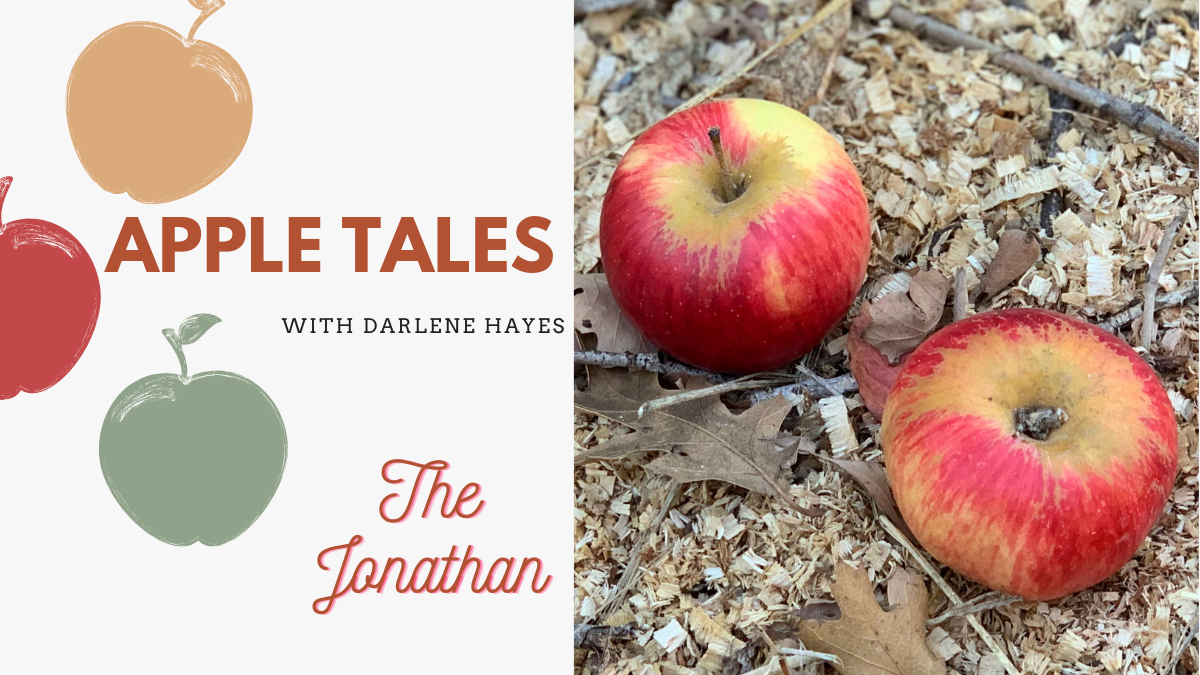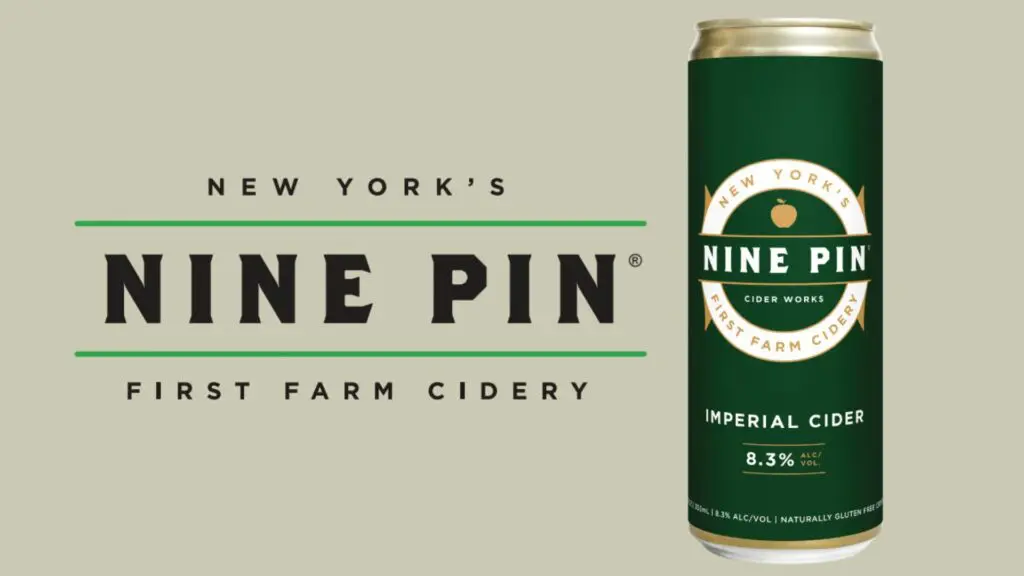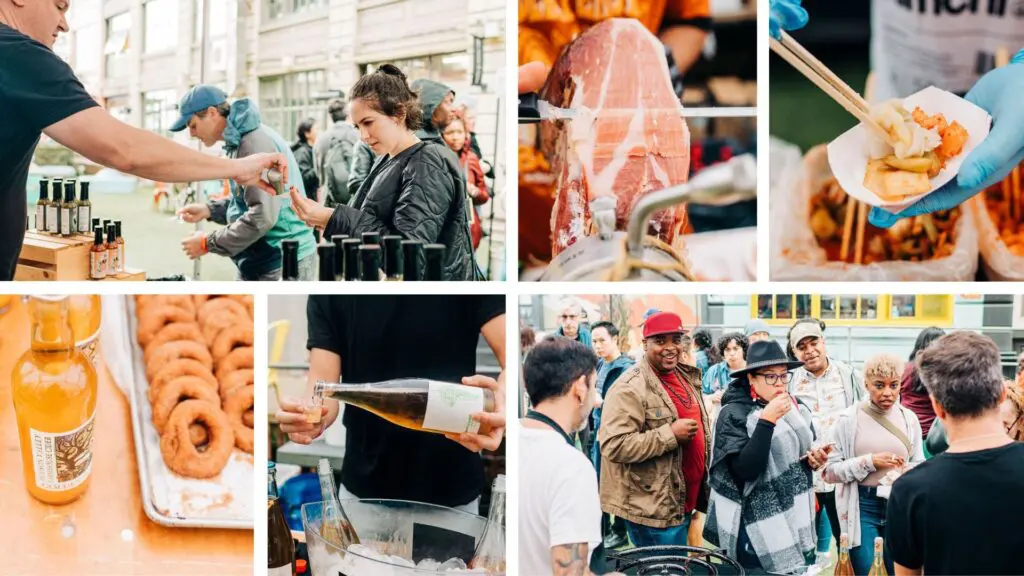In 2021 there would certainly be a PR firm involved and a social media campaign complete with foodie influencers and sexy images. But 200 years ago? What was needed was a champion, and for the Jonathan apple, it was Jesse Buel (1778-1839).
The apple that became Jonathan was an Esopus Spitzenberg seedling planted on the Woodstock, N.Y., farm of Philip Rick(s) (1745-1828) sometime around the turn of the 19th century. Ricks undoubtedly shared what he thought was a pretty good apple with family and friends, one of whom was Jonathan Haasbroek, godfather to one of Ricks’ sons. Haasbroek, in turn, brought the apple to the attention of Buel in the early 1820s.
Buel was in the perfect position to turn a local favorite into a national phenomenon. He was a printer, apprenticed at the age of 14, completing his formal training in half the normal time, and founding his first publication (of many) at 19. Moving often in his youth, he finally settled in Kingston, N.Y., where he likely became friends with Haasbroek, another Kingston resident. Within a few years he was appointed Judge of the Court of Common Pleas for Ulster County and, after moving to Albany in 1815, the chosen printer for the State of New York. The success of his publications allowed Buel to create quite a nice life for himself and his wife, Susan. It came as a bit of a shock to some when, in 1821, he divested himself of all his publishing interests and announced he had bought a farm and was devoting his energies to agriculture.
Buel was right in the thick of the 19th century agricultural reform movement. Northeastern farmers in particular were faced with many challenges. Soil fertility was declining, infestations of pests and diseases were worsening, and rising competition from Midwestern grain farming was forcing a shift to new crops. Buel’s 85 acres in the Sandy Barrens west of Albany became his experimental nexus, and as he learned he wrote articles, books and letters to like-minded agriculturalists. He became the recording secretary of the New York State Board of Agriculture in 1822, a state assemblyman in 1823, serving on the committee for agriculture, and a corresponding member of the Horticultural Society of London in 1825.
The first published mention of the Jonathan was in a printed version of an address given by Buel to the New York Horticultural Society in 1826, which included a list with “some of the most valuable Apples propagated in the Nurseries of this State.” Jonathan is number 39 where it is called Ulster Seedling (new) and described as “less tart than Esopus Spitzenberg, fruit much desired.”
He sent fruit to the Horticultural Society of Massachusetts in 1829 (“Jonathan, or New Spitzenbergh … superior to the old for eating”) and scions to the Horticultural Society of London in 1831. By the 1830s, pieces like the following were appearing in agricultural journals throughout the Northeast:-
“From Judge Buel of Albany, the Jonathan Apple, a new and superior fruit, and esteemed in its season … as one of the most beautiful, excellent, and admired of all known … Skin thin, of a pale red, blended with faint yellow … Flesh very tender … Juice very abundant, rich, and highly flavored … Named in compliment to my friend Jonathan Harbrauck, Esq.”
People took notice. By the end of the century it was grown in just about every state in the country, and newspaper ads trumpeted the arrival of Jonathan apple season. So admired was the Jonathan that it became a staple in many 20th century apple breeding programs and a parent of popular apples such as Jonagold and Jonamac. Jonathan apples are still important in the marketplace today, appearing in stores around the country every fall like clockwork.
Though historically Jonathan was not used for cider, the handful of Jonathan varietal ciders that have appeared in the last few years are a testament to what’s possible when interesting apples are grown with cidermaking in mind, then thoughtfully treated in the cidery. The 2016 Tilted Shed is a good example. The apples were harvested from large, organic, dry-farmed trees. The must was treated in the traditional manner of a fine champagne – fermented and aged in neutral, French oak barrels, bottled and kept on tirage for nine months, then riddled and disgorged. When it was released in 2018 its flavor was full of rich, ripe fruits. By early 2021 the cider had matured, taking on flavors of roasted hazelnuts and cardamon, a fine example of how a well-made cider with the right structural components can age gracefully.
These ciders share moderate acids and a variety of ripe fruit flavors, perhaps from being grown in the warmer, arid west. It would be most interesting to try a Jonathan cider made from apples grown in a colder, wetter place.
Tilted Shed Ciderworks – Windsor, Calif.
Tasting notes: Dry; orange marmalade, mandarin, pineapple, ripe cantaloupe, lemon juice, brioche, pear skin, cardamon, roasted hazelnuts, almond; sparkling
2016 | 9.5% ABV
Blindwood Cider – San Leandro, Calif.
Tasting notes: Dry; baked apple, baked pear, orange zest, cinnamon, vanilla, orange juice; sparkling; (dry-farmed apples grown in Sonoma County, CA)
2018 | 7.9% ABV
Haykin Family Cider – Aurora, Colo.
Tasting notes: Semi-dry; ripe apple, quince, banana, (apples grown on Colorado’s western slope)
2017 | 7.4% ABV
Horse and Plow Winery – Sebastopol, Calif.
Tasting notes: Dry; melon, ripe apple, pear, nectarine, mango,
2018 | 8% ABV
A longer form of this article first appeared at allintocider.com.












 Looking for the perfect w
Looking for the perfect w
 BREAKING NEWS
BREAKING NEWS 






